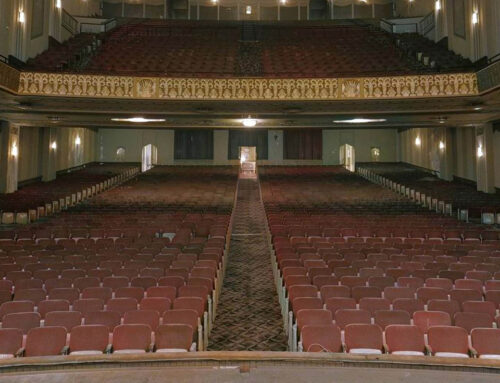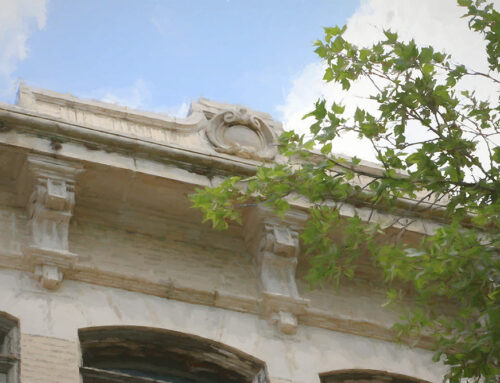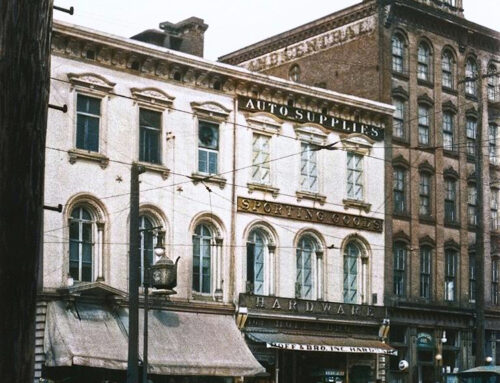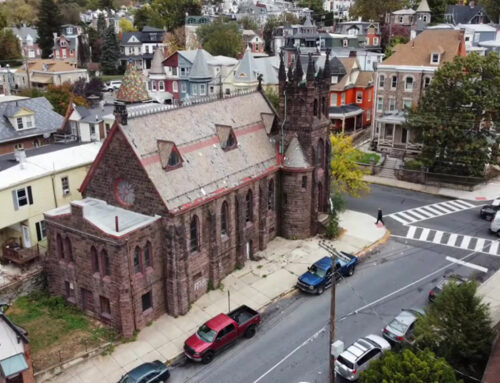On April 11, 1882 a contract for constructing the Hampden Reservoir was awarded to Nolan & Bros. for the sum of $87,650. Work began on the 15th of April, 1882 and during that time there were, numerous workmen employed. One hundred and fifty were advertised for by the Nolan Bros., but the average number at work was 120. The highest number at work at one time was 100, and the lowest 70.

Work on the Hampden Reservoir was completed on Oct. 6, 1883 and was formerly accepted by the Water Board. The occasion was celebrated by a visit of inspection by the Board of Water Commissioners, accompanied by the Mayor of the City, the Judges of the Courts, the City Engineer, Water Superintendent and other City officials, representatives of the press, and other invited guests. The party, consisting of about thirty persons, left the office of F. S. Jacobs, Esq., President of the Water Board, 25 North Sixth Street, at 1 p.m., and proceeded in carriages to the reservoir at Hampden and drew up on the embankment, when the works were formerly inspected by those present. Immediately upon their arrival the water from the Antietam Lake supply reservoir was turned on by Superintendent Harper, and poured into the new reservoir through the large supply pipe by a rapid flow. The rush of the water into the new reservoir was witnessed with delight by all present.

Below: 1931 view of Northeast Reading showing Hampden Reservoir.

After the completion of the Hampden Reservoir, the Hampden Springs and drift located on the grounds, collected their waters from the western slope of Mount Penn and emptied into the reservoir. The water was procured from several springs, issuing at the foot of Mount Penn. These springs were found by measurement in 1864, to discharge 100,000 gallons water per day.
Below: 1929 film showing Hampden Reservoir.
Below: The Hampden Spring enclosed in this stone building with water existing out the bottom supplied the water for the Hampden reservoir. It is located near the large picnic pavilion in Hampden Park at the base of Mt. Penn.

The Hampden reservoir had a capacity for 30 million gallons of water at a depth of 27 feet. The reservoir at the top is 570 feet long by 342.5 feet wide, and at the base 450 feet long by 237.5 feet wide. The slanting walls are covered with a rock lining 18 inches thick. The overflow pipe for the water in the Hampden Reservoir stood 102 feet above the water in the reservoirs at Eleventh end Penn streets, and 274 feet above the river at the foot of Penn street. The valve house, from where the water was drawn for the supply of the city, was an admirable piece of work. Though the contract called only for rubble masonry in its construction, the Nolan Bros., at their own expense, in order to turn out a creditable job, constructed it of dressed stone laid down in regular layers, of the most substantial character. The outlet was in the middle of the western side fronting the city. The water was conducted from the reservoir by openings 24×27 inches, through a wall 8 feet thick into an open chamber 7×9 feet, in which were placed the screens and the ends of effluent pipes, and from which the water is conducted to the city. The pipes ran through a wall 13 feet in thickness into an open valve culvert in which were placed the valves for the service and drain pipes. This culvert was 9 feet wide and 10 feet 6 inches high to the arch.
Below: Entrance to Valve House.


The reservoir constantly leaked because of the slanting shape of the underground rock formation and fissures in the rocks. Water from the reservoir would flood basements of nearby homes. Engineers occasionally drained the reservoir in an attempt to seal the fissures but were unsuccessful.
Below: Drained reservoir.

In 1934, City Recreation Director Thomas W. Lantz recommended building a stadium in the Hampden reservoir bowl with Works Progress Administration funds. One variation of the plan called for a stage along one inside embankment for plays, pageants and concerts with a seating capacity of 25,000.
The leaky reservoir was taken out of service in 1936 and is currently used as an athletic field.
Below: Hampden Park Athletic Field.

Perched atop the old Hampden reservoir (now an athletic field) to the North and South were once two Civil War-vintage .62 bore “Bronze Napoleon” field guns.
Below: Civil War Field Guns.







Leave A Comment